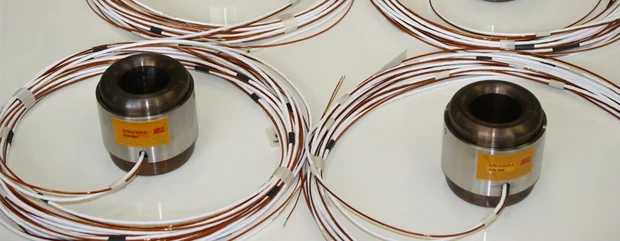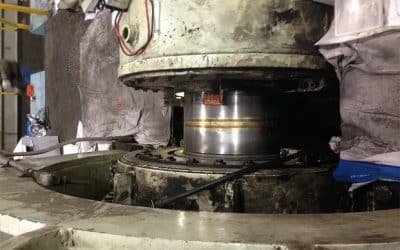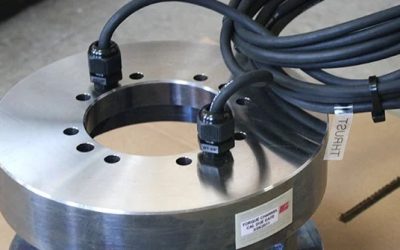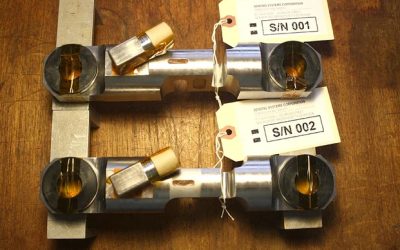Overload: When a torque cell is overloaded, it won’t reset back to zero and may become misshapen. If possible, manually return it back to zero and reset the system. If you are unable to do this, you may need to replace the cell. Overload damage is often permanent.
Unbalanced Zero Connection: When your load cell is not in use, it should be resting at zero. A number of forces can cause it to be stuck above or below this default point. Most cells use strain gauge technology, which is highly accurate and has been an industry standard for over 40 years. If you notice that the cell is stuck at 10% above or below this default, it might be time to replace your faulty load cell.
Wire Misconnections: This problem is usually simple to spot, as any loose wires can prevent the right signals from reaching the load cell. If you are unable to reattach the wires, try replacing them before you replace the whole load cell. If the wires are still attached, check for electrical shortages. Water damage is often a common cause of shortages in load cells that are not meant to be submersible load cells. Consider hiring an electrician for a more thorough inspection, as there could be electrical problems in other parts of the machine as well.
Mechanical Damage: Your could have faulty load cells due to physical damage of the machine itself. This is especially true for older parts. Look for any distortion of the cell and any surrounding mechanisms. A professional will be able to advise whether you need repair or replacement.
Remember: The best way to diagnose problems with your load cells is to call an industry expert. If you are unable to find a simple cause yourself, be sure to take this initiative. They will be able to assess your entire machine and pinpoint any issues.




